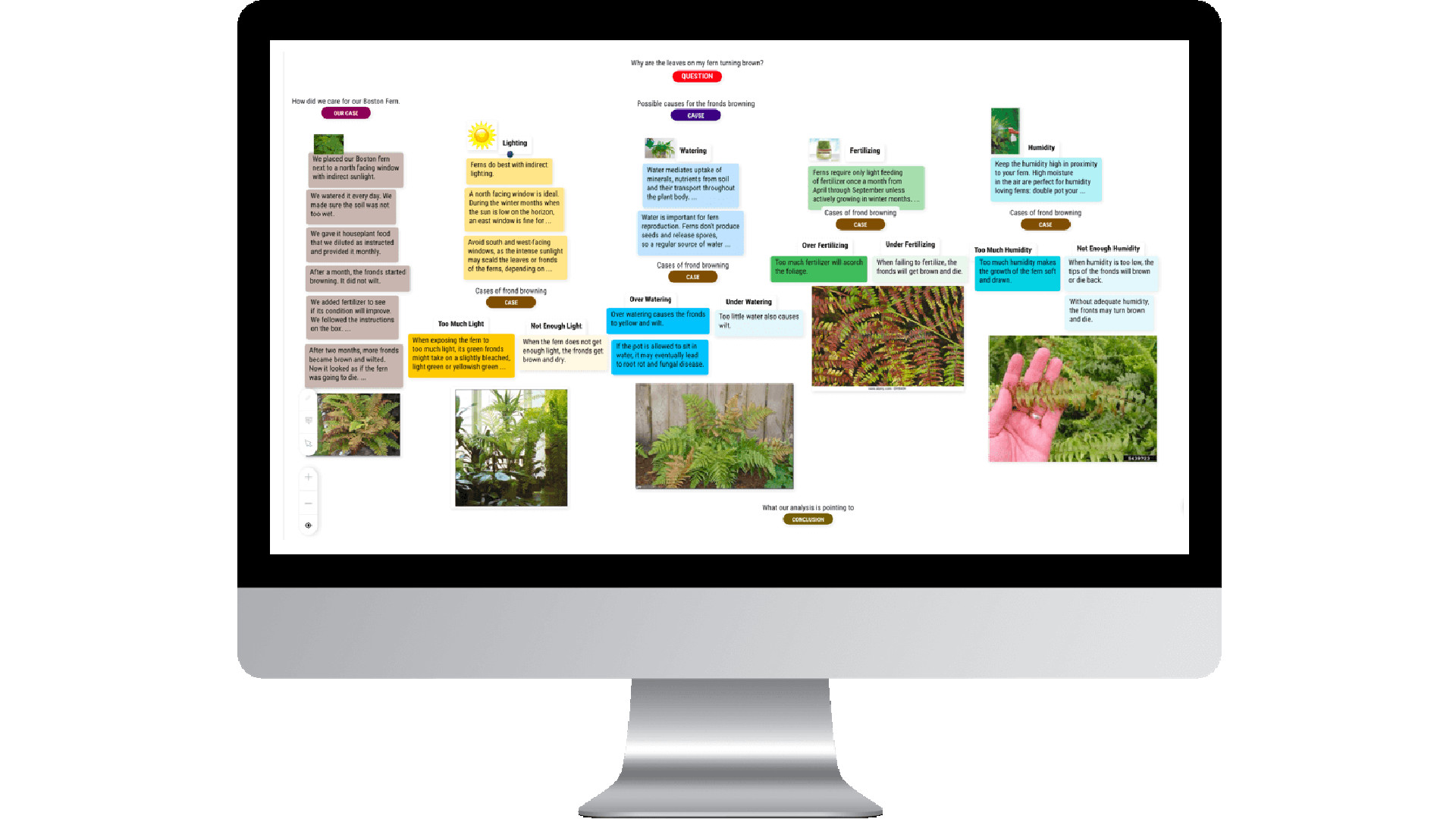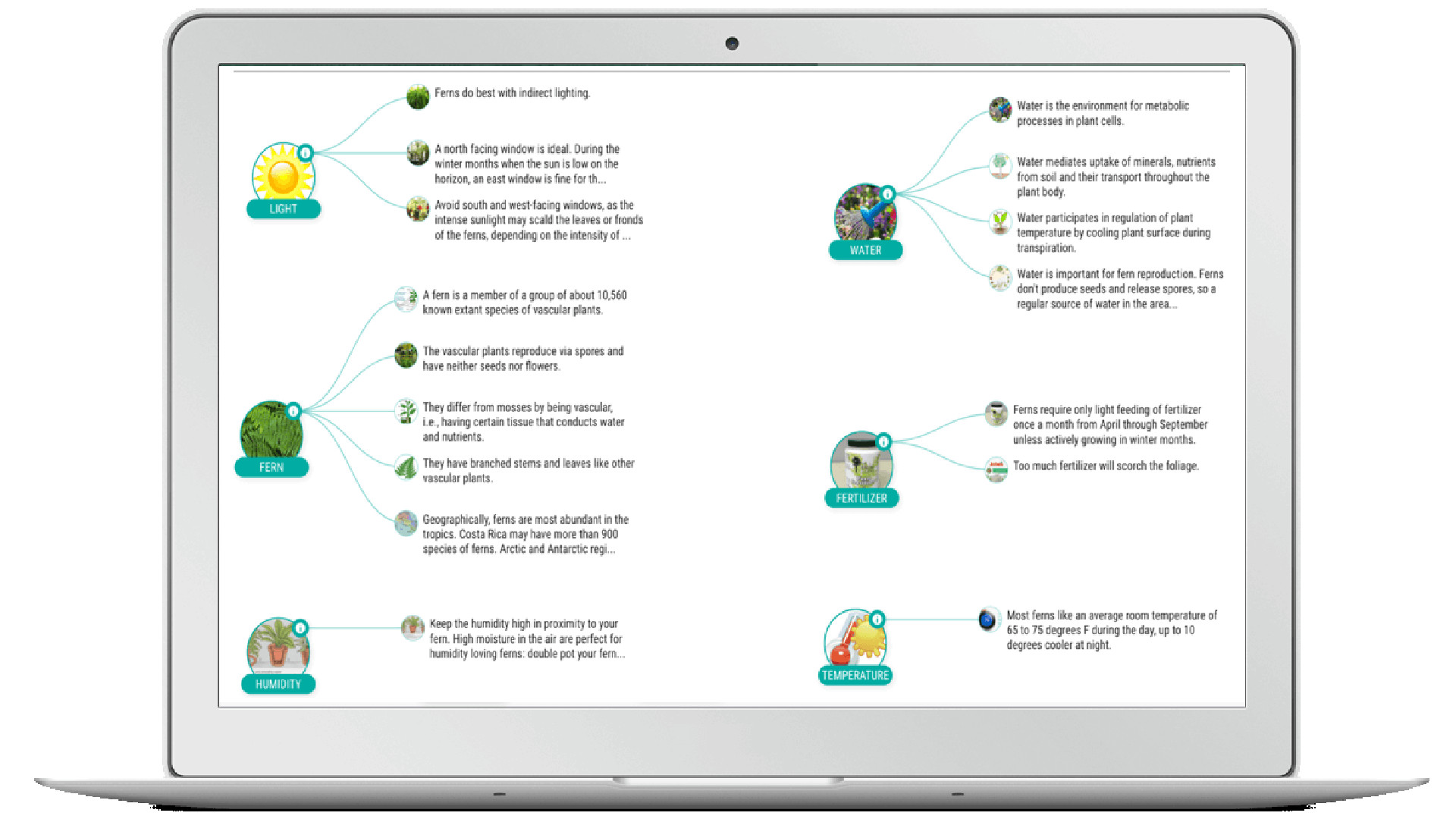What is Project Pals and How Does It Work? Best Tips and Tricks
Project Pals take collaborative project learning online making it perfect for class and remote learning

Project Pals takes project learning online to make the most of group exercises so that every student can maximize what they get out of the work.
So, while Project Pals is primarily an online collaboration tool for projects, it also serves to help students think about their thinking. From design thinking to computational thinking, it's all taken into account. All this is achieved through collaboration.
The tool itself works like a mind-mapping device and, with the use of templates, can make multimedia projects from a group a straightforward process.
This guide aims to explained everything you need to know about Project Pals.
- Top Sites and Apps for Math During Remote Learning
- Best Tools for Teachers
- How Project-Based Learning Can Increase Student Engagement
What is Project Pals?
Project Pals is a web-based collaborative tool designed to work for project-based learning. The idea is to offer a single digital project result from the input of multiple students collaborating and contributing to a team effort.
As such, this can be used in the classroom or from other locations. Crucially, you can mix both, making this a great hybrid learning tool.

This tool allows teachers to add media content that can make it easier for students to use and be focused on what that class or lesson requires. This also helps to remove any potentially unwelcome media sources that might find their way into the project otherwise.
Tools and ideas to transform education. Sign up below.
This is a simple way to get collaborative project building digital but it still can be a lot to absorb. Some may find it all a bit overwhelming, especially younger students. As such, it pays to factor in some time spent walking students through how everything works in Project Pals before setting projects for them to create themselves.
How does Project Pals work?
Project Pals allows teachers to create classes and invite students using a class code. This can also be done by linking directly with a Google Classroom account for more direct sharing.
The teacher creates the project itself from within the dashboard and then assigns it. These can be made from scratch or using pre-existing templates, lesson plans, and starters, as these are called.

The project can then be populated with media that the students can use when working -- including images and YouTube videos, to name a few. It's also possible to use content already in cloned projects found in the Project Pals library.
Once underway, teachers can monitor a project and follow its progress. Students collaborate within the workspace organizing using tabs that each address a different part of the project.
Using the side toolbar, students are able to add media, text, and drawings as well as questions and more. Teachers and students can then answer these questions or comment on the content as required.
What are the best Project Pals features?
Project Pals offers great flexibility that's needed nowadays more than ever. Students can work together in the room at the same time. Or they can work at different times and from different locations. Or a combination of the two.
The project itself remains online and gets updated wherever and whenever the students work on it. That makes this a great option for a longer term project outside of class hours.

All that might sound potentially messy and complicated but thankfully there are accountability reports and a task board. These two make it clear who has been assigned which tasks to complete and who is working on what at any one time. This means one or two students won't be given the bulk of the work and it helps to reduce the chance of repetition across sections.
The wide selection of already created Common Core-aligned projects, which can be cloned to work with, make it easy to set a task for a group. The ability to also edit that, or create from scratch, makes for a useful sliding scale of effort that allows teachers to take as much or as little time as needed to suit that particular project.
A useful analytics section shows in graph format how the work is being spread, which allows for at-a-glance monitoring, in real time. Ideal if an intervention is required to make sure the workload is spread fairly.
One downside for teachers is that signing up students can be an effort. Sure, it's easy when using Google Classroom, but outside of that it's a manual task that can take time.
How much does Project Pals cost?
Project Pals offers a free tier for the Class account, which gets teachers up to 20 projects that can be used with up to 50 students.
Beyond that you'll need to go for a Teacher account, which is priced on contact, or a School account, which is charged at $10 per student per year.
The website also features a helpful cost calculator to work out the price for your school. For example, 100 students comes out at $1,000 per year, but 1,000 students is $9,500 per year, and 15,000 students is $75,000 per year. So you save money as you add more students.
Project Pals best tips and tricks
Name clearly
If you have lots of groups in lots of classes, this can get complicated. So a good tip is to rename the group project with the name of that group for your quick reference.
Have students organize
Create the basic project but then assign a leader student and let the group then work on assigning each person roles within the project.
Use the real world
Be sure to have the students bring the project to present or feedback to the class. This not only helps show what they've done as a group but also allows for expansion of their thinking by adding in the opinions of the rest of the class.
Luke Edwards is a freelance writer and editor with more than two decades of experience covering tech, science, and health. He writes for many publications covering health tech, software and apps, digital teaching tools, VPNs, TV, audio, smart home, antivirus, broadband, smartphones, cars and much more.
